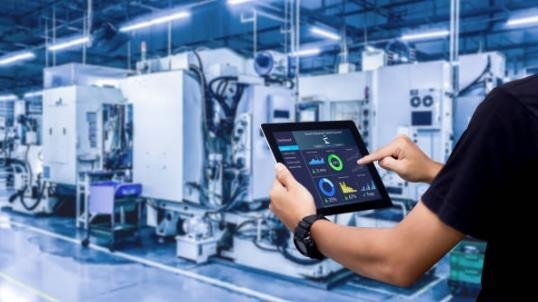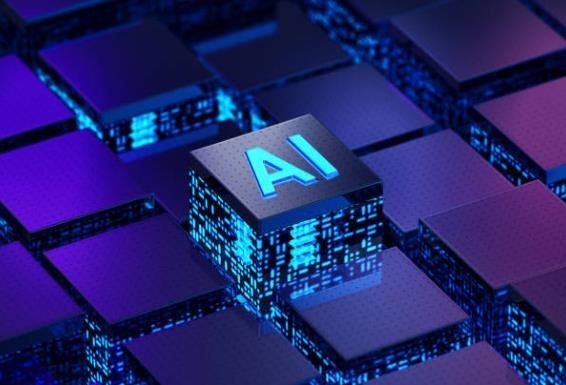Artificial intelligence is positioned as a key player in the economies of the future. Companies that invest in it will increase their profitability by 38%, and its economic impact is estimated to contribute $14 trillion to Gross Value Added (GVA) by 2035. But in which sectors will the greatest benefits of artificial intelligence be experienced? In which ones will it directly impact and change the way of working forever?
A report from Accenture reveals these sectors and analyzes how to make the most of these new technologies, which are not really so new and are not a thing of the future. Around 30% of workers already use intelligent technology for more than half of their time, and 72% of Spanish workers believe that artificial intelligence will have a positive impact on the work environment, ten points above the global average. However, which sectors will be particularly affected? The study reveals that the information and communication, manufacturing, and financial services sectors will benefit the most. The sectors where it will generate less economic growth are education, public services, and social services.

To reach these conclusions, the study compares two scenarios for each sector. First, the reference scenario shows the expected economic growth in sectors based on current assumptions. Second, the artificial intelligence scenario shows the expected growth with its integration into economic processes.
Since it takes time for the impact of a new technology to take root, the year 2035 has been selected as a reference point for this comparison.
In the information and communication sector, the capabilities of artificial intelligence can be merged with existing systems to generate $4.7 trillion in gross value added by 2035. But the most notable increase is in the manufacturing sector, where artificial intelligence can increase economic growth by 45%. Current Internet of Things (IoT) technologies already allow physical devices, such as assembly lines, to connect and communicate with digital systems.
Additionally, artificial intelligence can link current forms of automation and learning with more advanced models.
The financial services sector can use artificial intelligence technologies to relieve workers of knowledge-related routine and repetitive tasks, such as generic customer queries, mortgage reviews, and market research. Overall, this sector will benefit from an additional $1.2 trillion in GVA by 2035.
The study reveals that even sectors less likely to benefit from the implementation of artificial intelligence will experience significant increases in GVA growth rates. Education will see an increase from 0.9% to 1.6% in 2035, and social services from 1.6% to 2.8%, generating substantial increases in economic production.
How does artificial intelligence generate value?
Firstly, thanks to new technologies, workers can delegate low-value tasks to artificial intelligence and be more productive in their main tasks. This enriches both capital and labor.
Secondly, artificial intelligence offers significant advantages over traditional automation, whether by optimizing the production chain, facilitating supply chain management, or simplifying the sales process. This is called intelligent automation.
Finally, by accelerating the development of new products, artificial intelligence helps drive innovation, eliminate redundant costs, and generate new sources of income to increase profitability.
The forecasts provided are optimistic. 63% of senior executives worldwide believe that artificial intelligence will create new jobs in the next three years, a figure that rises to 67% in the case of Spain. Undoubtedly, this will not be an easy task. According to expert assessments, the crucial focus lies in training people and transforming their business operations. The rise of artificial intelligence is approaching rapidly.
GVA is an indicator of production that expresses the value of goods and services produced in a given sector. It can be understood as the contribution of different sectors to economic growth.






